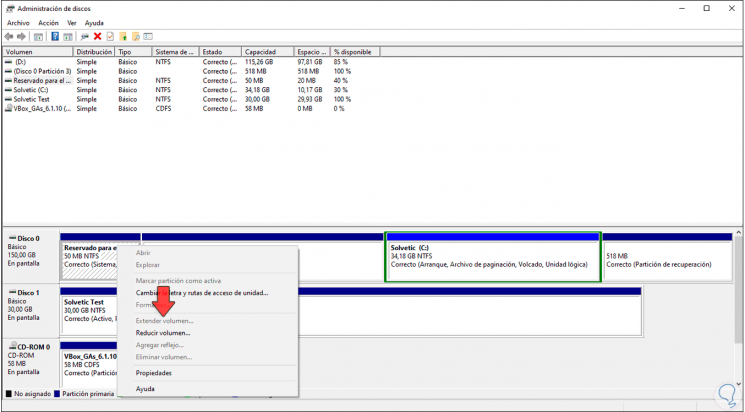
If your system partition (Windows drive) is running out of free space, computer may slow down or even cause other issues. For example, one partition might be too small to hold all your data. However, when you partition a hard disk, there might be chances that you are not satisfied with the partition size or number the first time you try. If your hard drive has very large capacity, and you can create more than one partitions on it, so that you can separate Windows, installed application and individual data by storing files on different partitions. A hard drive can be divided into multiple partitions which can be used to store a variety of files such as operating system and personal data. Besides, you can also split a partition into two partitions or add free disk space to any existing partition.Ī partition, also called drive or volume, is a part of continuous logical space on hard disk. You can either increase a partition's size or shrink it based on your needs. Resizing a partition is the process of changing partition's size via extending or shrinking it.
Method #3: Resize partition via repartitioning hard driveĪbout resizing partition in Windows 10/8/7/XP. Example #3: Add unallocated space to an existing partition. Method #2: Resize partition with free partition manager. Method #1: Resize partition using Disk Management. About resizing partition in Windows 10/8/7/XP. If Diskpart tool is not to your liking, you may use a free partition manager software like EaseUS that has this feature, to do it quickly and safely. You need first to delete it and then merge it existing partition. So like you can see, delete and merge partition commands work hand to hand. It will extend the selected volume by size in megabytes (MB). Here size is the size you choose from the OEM partition. To extend size by 5GB, type- Extend size=5000 If you want only to merge part of the partition, then use extend command. Now type Extend to merge the OEM partition with the adjoining value. Finally, type delete partition override and hit Enter to delete it. Here x stands for the partition you want to delete. Type select partition x and hit Enter. Enter list partition and hit Enter to display all the volumes. Select the disk you want to manage – say it is Disk Z. Type, and enter list disk to list the disks. 
 Open the Run prompt, type diskpart, and hit Enter. You will have to use the built-in command line tool called Diskpart.īe careful before you decide to run the commands, lest you mess up – you should know what you are doing: Windows Disk Management tool will not let you delete/merge the OEM partition.
Open the Run prompt, type diskpart, and hit Enter. You will have to use the built-in command line tool called Diskpart.īe careful before you decide to run the commands, lest you mess up – you should know what you are doing: Windows Disk Management tool will not let you delete/merge the OEM partition.






 0 kommentar(er)
0 kommentar(er)
